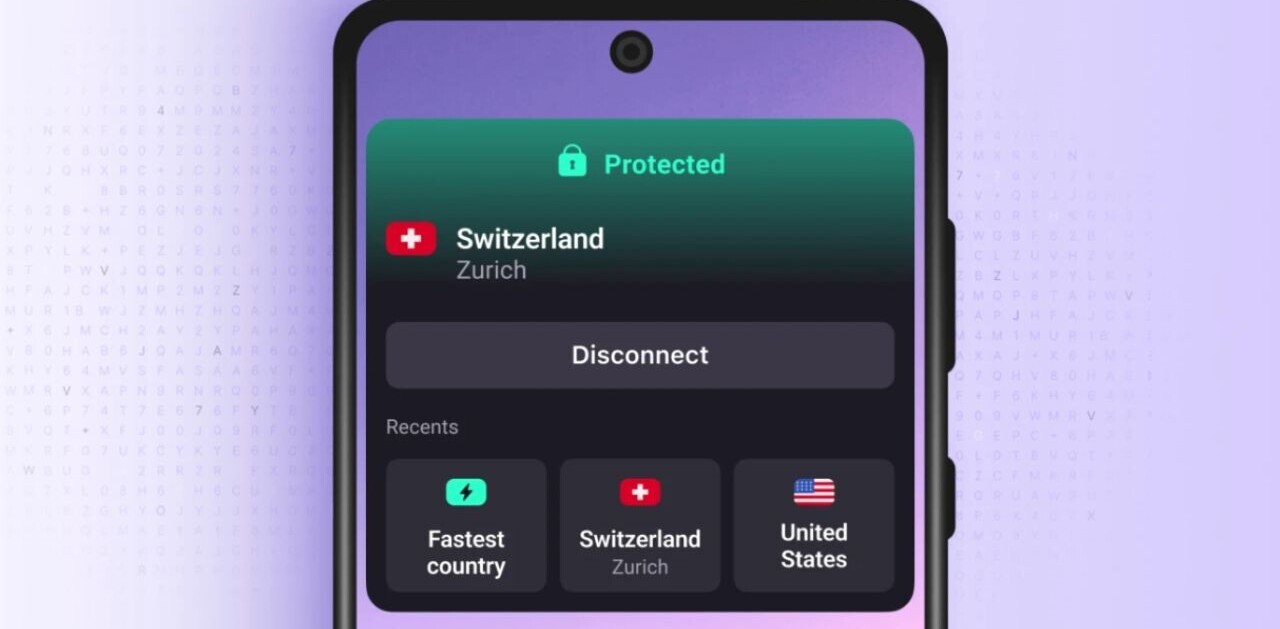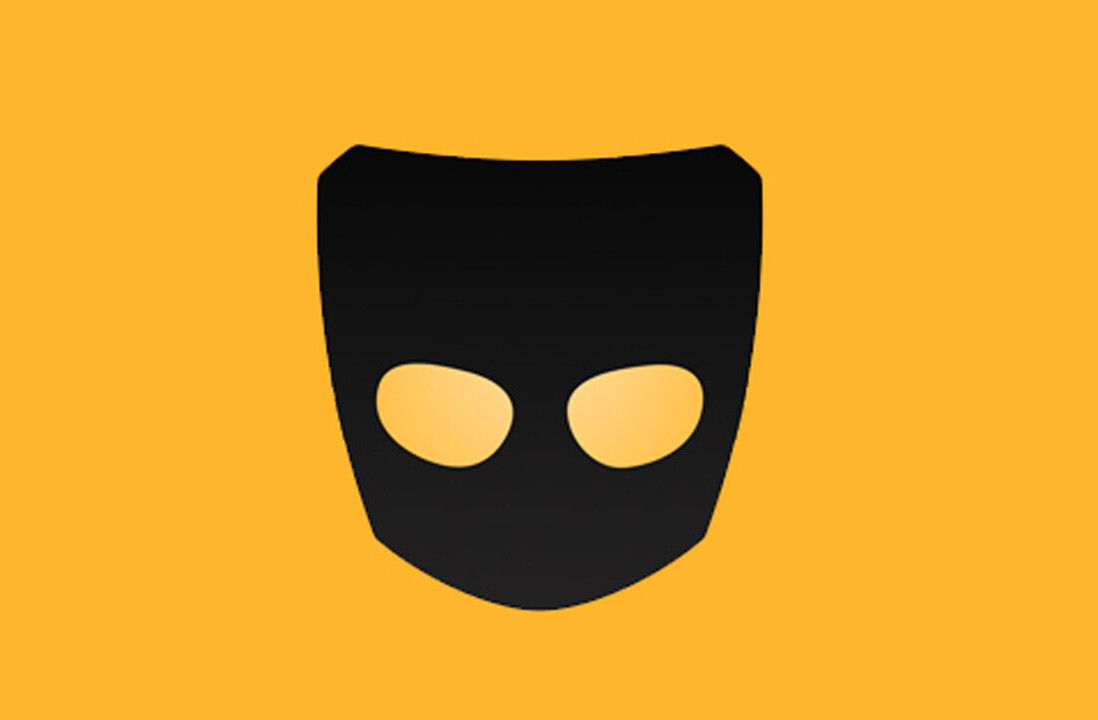
Capiche is a secret society for SaaS power users, building a new community of people who care about software to make the SaaS industry more transparent, together. Matthew Guay is Capiche‘s founding editor and former senior writer at Zapier.
Free is a hard genie to put back in the bottle.
When Microsoft charged $999 for Office in 1990, little did they dream that 16 years later, their greatest competitor would be a free office suite from Google—along with dozens of small, often free apps that individually did many of the same tasks as Office.
Suddenly software was everywhere, for cheap or free. “Once something becomes abundant, we tend to ignore it,” wrote then Wired editor-in-chief Chris Anderson in his 2009 book Free. If the ancient dream of turning lead to gold became reality, we wouldn’t become infinitely richer. Gold instead would become so abundant it’d be just another metal.
Software took that to its logical extreme, first filling App Stores with thousands of apps, then with next to no marginal costs, prices crashed towards free. How do you compete with free?
Perhaps you could charge more. Far more. That’s how Sublime Text, Slack, Superhuman, Notion, Pinboard, and many other software businesses won.
Stand out by charging more

When software was scarce, any price made sense. Buying hundreds of dollars of software for your first PC, or dropping $9 on every app in the early iPhone App Store, felt like an investment in your new device. Of course you would pay. The software was not only best-in-class, it was often your only choice.
A few decades later when any App Store search returns hundreds of options, each with the same core features, it’s hard to really care. Any app would work.
“You cannot compete only on price,” wrote WP Engine founder Jason Cohen in 2010, “because then all a competitor has to do is lower their price.” It turns into a duel, where the competitor with the deepest pockets can afford to blink last and take the market. Then it’s all too easy for users to jump ship to the next new free app, and the cycle begins again.
But inside that free market, a subset of customers are eager to pay more for something better.
1. Focus on your best customers
Free is an easy marketing tactic—and a recipe to get a large user base that’s not a fit for your product. They’ll use your product, give feedback, and request changes and new features—but would they pay for them?
Charging upfront, instead, focuses your audience on those who need the product enough to pay for it. When they talk, it pays to listen—literally.
“Those which take money at the door at least get rapid feedback on how things are going,” remarked Guardian technology editor Charles Arthur after switching from the free Delicious bookmark service to the paid Pinboard. Delicious, while being shuffled through its various owners, kept changing its focus to gain a larger audience and finally turn a profit. Pinboard, by charging upfront, was instead able to relentlessly focus on features that people were willing to pay for.
Superhuman founder Rahul Vohra took that to the extreme, focusing on the 60% of users who who would be very disappointed if Superhuman went away. “With your early marketing, you may have attracted all kinds of users—especially if you’ve had press and your product is free in some way,” advises Vohra. “But many of those people won’t be well-qualified; they don’t have a real need for your product and its main benefit or use case might not be a great fit. You wouldn’t have wanted these folks as users anyway.”
“If you’re looking to get paying customers, ask for money upfront and you’ll have a lot better shot of getting them” – Jason Fried, CEO, Basecamp
Well designed email apps are not a new idea; if anything, they’ve been one of the more iconic failures of the past decade. Sparrow made email on the Mac a nicer experience, put inbox zero in reach of everyone. Mailbox made mobile email faster, and introduced innovations such as swiping messages to archive them that were soon copied by others. Yet both were acquired—Sparrow by Gmail, Mailbox by Dropbox—only to be shut down. The ideas may have lived on; the products, not so much. Neither achieved anything close to escape velocity to build a profitable business around email.
By charging upfront, Superhuman didn’t need every user to make it a financial success. It instead needed only the users who really wanted a better email app. “When you’re doing three-plus hours of email every day, it’s your job,” Vohra told the New York Times. It’s those people who were more than willing to pay for Superhuman—and in turn, it’s the feature requests from those users that would give Superhuman an increasingly better product/market fit.
“If you’re looking to get paying customers, ask for money upfront and you’ll have a lot better shot of getting them,” said Basecamp co-founder Jason Fried. Basecamp’s free users rarely converted to paid customers; “the majority of people who are on pay started on pay,” said Fried.
Free users aren’t your customers, and perhaps they will never be. By charging, even charging far more than competitors, you’ll know that when people choose your product, they really need it. It’s feedback from those users that will make your product irreplaceable.
2. Scale things that don’t scale
“Do things that don’t scale,” YC founder Paul Graham is known to advise. “You should take extraordinary measures not just to acquire users, but also to make them happy.”
When your product is free, or has a free plan used by a large percentage of your user base, many things won’t scale. Support, personal attention, and even maintaining the product itself may prove to be too expensive to scale if you’re not careful.
Charge upfront, however, and things that look unscalable suddenly might make a lot more sense. You can’t afford to give every free user hands-on attention forever. But if every new customer is paying from the start, perhaps you can. Superhuman, for instance, requires an hour onboarding call to help to help users get the most out of the product—something they can afford as people are paying $30/mo from the start. It puts the service in SaaS, ensures people who pay for the app get the most out of it, and creates superfans in the process.
3. Grow your business organically
When your largest competitor throws in the towel and their users flock to your app en masse, it should be cause for celebration. That is, if you’re ready—and selling an app instead of giving it away for free.
Pinboard experienced this late 2010, when Yahoo announced they were sunsetting Delicious, until then Pinboard’s greatest competitor. Overnight, traffic to Pinboard shot up 20 times, peaking at over 600 new signups per hour. That was enough to nearly take down the site—and rack up a hefty AWS bill.
“If Pinboard were not a paid service, we could not have stayed up on December 16, and I would have been forced to either seek outside funding or close signups,” wrote Pinboard founder Maciej Cegłowski. “Instead, I was immediately able to hire contractors, add hardware, and put money in the bank against further development.”
Servers cost money, as do the teams that keeps sites online. “If your free website takes off, you lose resources,” advises Cegłowski. “Your time is spent firefighting and your money all goes to the nice people at [cloud hosting site] Linode.”
When maintaining services for free users, you’re using time and resources that could otherwise have gone into your product for your real, paying customers. As the HubStaff team said after removing their free plan, “our free plan ended up losing us money and stunting our growth!”
It’s not that every business needs to make a profit from day one, that bootstrapping is the only way, and you shouldn’t raise funds to grow. Instead, no matter how your business is structured, by focusing on those willing to pay for your product, you’ll have more resources to invest in the things that make your product great—and will be able to afford growth as it comes.
4. Fight spam and abuse automatically
Ever walked through a store not feeling particularly hungry, only to pick up a few samples without thinking? It’s a strange quirk of human nature. “We take stuff because it’s there, not necessarily because we want it,” writes Anderson in Free. “Charging a price, even a very low price, can encourage much more responsible behavior.”
That’s one lesson shared by many apps who had a free plan. “Free users bring more free users. Free users eat up support. People take advantage of free accounts,” said HubStaff co-founder David Nevogt.
Free plans somehow bring out the worst in users. When MailChimp added a free plan after years of charging every user, they saw “a 354 percent increase in abuse-related issues like spamming, followed by a 245 percent increase in legal costs dealing people trying to game the system,” as MailChimp CEO Ben Chestnut relayed to GigaOm writer Liz Gannes.
“Charging a price, even a very low price, can encourage much more responsible behavior.” – Chris Anderson, author, Free: The Future of a Radical Price
Pinboard lists spam-fighting as one of the core benefits of their product being paid-only. “Thanks to the entry fee, Pinboard has remained spam-free since launch,” says Pinboard’s Cegłowski “Not having to expend resources on spam fighting means having more time to work on features, and keeps the site fast and small.”
Charging doesn’t guarantee your service won’t be abused. It does, however, make it easier to fire customers who cause trouble, and nearly guarantees your site won’t be overrun with bots creating fake accounts.
5. Give your customers security
Odds are you’ve had a favorite app disappear. One day you relied on Google Reader, Mailbox, or Sunrise, the next they were gone.
That’s why some users will be glad to pay for your app. They’re purchasing peace of mind, security that your service is here to stay. As The Guardian’s Arthur wrote, “Plumbing is dull. Plumbing is also essential. That’s why you pay money when you get it done.”
Cegłowski agrees: “A sustainable, credible business model is a big feature.” People don’t want to switch services. They like your app, and if you let them pay for it, they’re committed to its success. And you, theirs.
6. Deliver more value than you charge
“Q: What’s the easiest way to charge money for software?” asked Basecamp’s Matt Linderman. “A: Build software that helps people make (or save) money.”
$70 for a text editor sounds crazy, until you think of the value a more efficient coding environment brings to software engineers. $30 a month for an email app sounds even crazier, until you think of the multi-million dollar deals being closed in emails, where every second matters. That’s how Adobe Creative Cloud can charge over $50 a month, and Bloomberg over $20,000 a year for their terminal. If you need those tools, you really need them, and you’ll make far more money from those tools than they cost.
“When your customers find out that their needs get met if they only part with a trifling sum of money they’ll happily part with it,” says Patrick McKenzie, who regularly advises software companies and consultants to charge more. When you help people make money, they’ll happily pay. And every time they ask for a new feature, it’s something that will help them make more money—and by extension, help you sell your product to the next customer who will stand to make even more.
Bill Gates stated that “a platform is when the economic value of everybody that uses it, exceeds the value of the company that creates it.” That should be the goal of your product as well. You win when your customers succeed, when they achieve their goals and make more money thanks to your product.
The paradox of paying
“The way to compete with free is to move past the abundance to find the adjacent scarcity,” wrote Anderson in Free.
So Pinboard charged for bookmarking that promised to never lose any site you saved, when Delicious and browser bookmarks were free. Sublime Text charged $70 for a faster text editors, when its alternatives were free open source mainstays. Slack made chat fun, then charged over three times more than HipChat. Zoom came into a market that Google quickly dominated with Hangouts, and people were excited to pay for calls that consistently worked better. Box raised prices over time and didn’t keep up with Dropbox and Office 365’s storage levels, focusing instead on business needs. Stratechery, The Information, and others fought free blogs and business newspapers with paid tech reporting. Notion and Quip got teams paying for notes, even when Google Docs is free, Dropbox Paper or Box Notes come with their file sync app, and OneNote comes with Microsoft Office. Superhuman one-upped everyone by charging $30 a month for a faster way to use your free Gmail account.
And they all won, building a premium market from people who wanted a better product. Charging more than the competition set them apart, let them do more, grow faster, and establish a beachhead where conventional wisdom said there was no more room for growth. They didn’t just get customers, they earned superfans who sang their praises to anyone who would listen.
“Paid products carry more value,” said the HubStaff team after noticing how few of their free customers upgraded to paid plans. People value what they pay for.
In the same way we’re willing to pay more for artisan drinks and handcrafted products, we’ll pay for software that helps us do more, better. You get what you pay for, claims the adage, and businesses are willing to pay, even as the software inflation rate goes up. When they pay, you can afford to build better products and invest more time into each customer. That makes your product a better fit for customers, earns additional customer loyalty, and suddenly you’ll have a better growth flywheel than trying to convert a few percent of your free users to paid.

Get the TNW newsletter
Get the most important tech news in your inbox each week.




